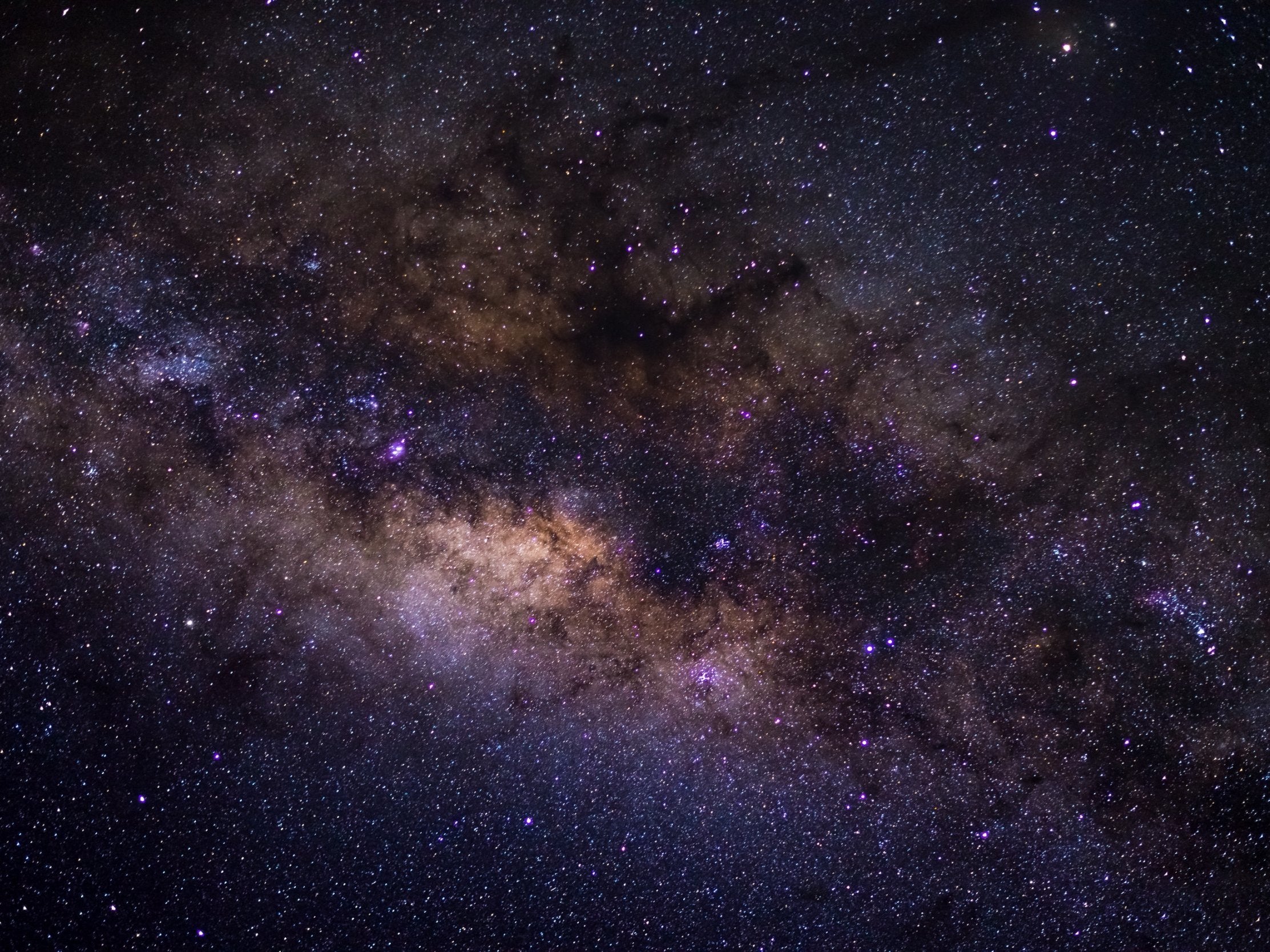Milky Way has gas surplus after robbing outer space 'bank accounts'
In a new report, Hubble astronomers rely on intergalactic 'fingerprints' to track gas clouds

Your support helps us to tell the story
From reproductive rights to climate change to Big Tech, The Independent is on the ground when the story is developing. Whether it's investigating the financials of Elon Musk's pro-Trump PAC or producing our latest documentary, 'The A Word', which shines a light on the American women fighting for reproductive rights, we know how important it is to parse out the facts from the messaging.
At such a critical moment in US history, we need reporters on the ground. Your donation allows us to keep sending journalists to speak to both sides of the story.
The Independent is trusted by Americans across the entire political spectrum. And unlike many other quality news outlets, we choose not to lock Americans out of our reporting and analysis with paywalls. We believe quality journalism should be available to everyone, paid for by those who can afford it.
Your support makes all the difference.The sources of excess gas flowing into the Milky Way are a mystery, but scientists believe our galaxy could be robbing the gas “bank accounts” of smaller nearby galaxies, lured into the Milky Way’s gravitational pull and stripped of their resources.
Supernovas, the explosive star phenomena, and stellar winds, which send out particles from stars’ atmospheres, blast gas out of the galaxy, but that gas returns and is recycled to help form the next generation of stars.
But the Milky Way is accumulating a surplus of gas that it’s likely pulling in from elsewhere, according to a report to be published in The Astrophysical Journal.
Lead author Andrew Fox told NASA that the team from the Space Telescope Science Institute in Baltimore had expected to find the Milky Way’s “books balanced” but instead found more gas entering the galaxy than leaving.
The team analysed a decade’s worth of footage from the Hubble Space Telescope's Cosmic Origins Spectrograph to study the inflow and outflow of gas patterns.
Previously, astronomers didn’t know how to measure what’s coming in versus what was going out. Because the galaxy’s gas clouds are invisible, the team relied on light from quasars — the bright, energy-filled nuclei of far-away galaxies — to find them.
Those gas clouds absorb some of that light, leaving “fingerprints” that the team could then track. A cloud’s colour told the team whether it was leaving (red) or approaching (blue).
Future studies of the phenomenon will investigate the source of the extra gas and whether other galaxies have similar gas transactions, according to NASA.
Join our commenting forum
Join thought-provoking conversations, follow other Independent readers and see their replies
Comments